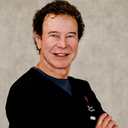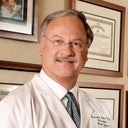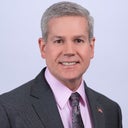Hi K,I believe you have received good advice. I agree, it is in general 200 cc for each cup size. Be aware VS "over-sizes" bras.






